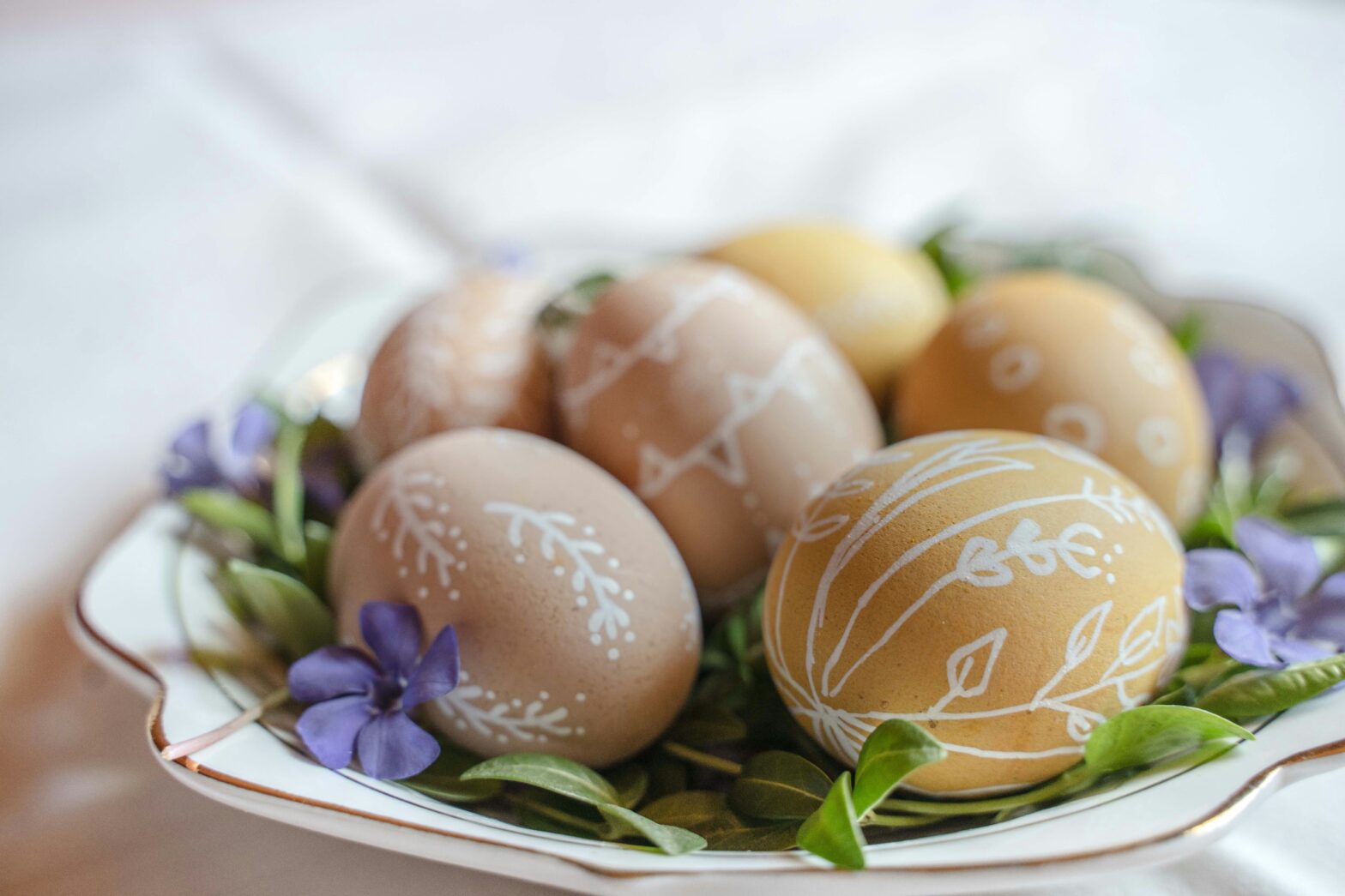When most people think of Easter, a few familiar images pop into mind: colorful eggs, baskets full of candy, and of course, the Easter Bunny. But what does a bunny that delivers eggs have to do with Easter, the resurrection of Jesus, and Christian faith? The story of the Easter Bunny is a mix of ancient traditions, folklore, and the celebration of new life that makes Easter such a powerful holiday.
Long before Easter was celebrated by Christians, spring festivals were common in many cultures. These festivals represented the end of winter and the beginning of new life. In this context, rabbits (and especially hares) were powerful symbols of fertility and rebirth. Their ability to reproduce quickly made them a natural sign of life and abundance.
One of the earliest connections between springtime and the Easter Bunny comes from a legend about a Germanic pagan goddess named Eostre or Ostara (see the link with the current name ‘Easter’?). According to folklore, she was the goddess of dawn, spring, and fertility. A popular story says that Eostre once transformed a bird into a hare, and this magical creature could still lay eggs. That myth probably inspired the idea of an egg-laying rabbit!
But as Christianity spread across Europe, the early church often allowed certain local traditions to continue, as long as they could be reinterpreted with Christian meaning (like Christmas). Since springtime celebrations already focused on new life, they were a natural match for the message of Jesus’ resurrection which was about His victory over death and the beginning of new, eternal life.
Over time, symbols like eggs and rabbits were blended with Christian Easter traditions. Eggs came to represent the empty tomb of Jesus, and the cracking of an egg symbolized His resurrection. The rabbit, already a sign of new life, simply added to the celebration.
The version of the Easter Bunny we know today began with German immigrants in the 1700s, particularly in Pennsylvania. They brought with them a tradition of the “Osterhase” or “Oschter Haws”. This is a mythical hare that laid colorful eggs for well-behaved children (something similar to Santa Claus or the Tooth fairy)
Children would prepare nests for the hare, and in the morning, they’d find brightly colored eggs. As the tradition spread, the nests became baskets, and the gifts expanded to include chocolates, candies, and toys. Eventually, the hare evolved into a more familiar, fluffy Easter Bunny.
Eggs have been powerful symbols of rebirth and renewal for centuries. In the early Christian church, eggs were often forbidden during the season of Lent (the 40 days leading up to Easter). When Easter Sunday arrived, eggs were one of the first foods people would eat in celebration.
Decorating eggs became a fun way to mark the joy of Easter. In fact, some Christian communities used to dye eggs red to represent the blood of Christ, and the egg itself represented the sealed tomb that was broken open on Easter morning.
For many Christians, the Easter Bunny is innocent fun like decorating a Christmas tree or exchanging Valentine’s cards. It’s important, however, to keep the focus of Easter on Jesus: His death, His resurrection, and the new life we receive through Him.
Because Jesus is alive, we have a reason to celebrate that goes far deeper than chocolate and candy. The tomb is empty. He is risen!
He is the way, the truth and the life (John 14:6).
Stay Blessed x


